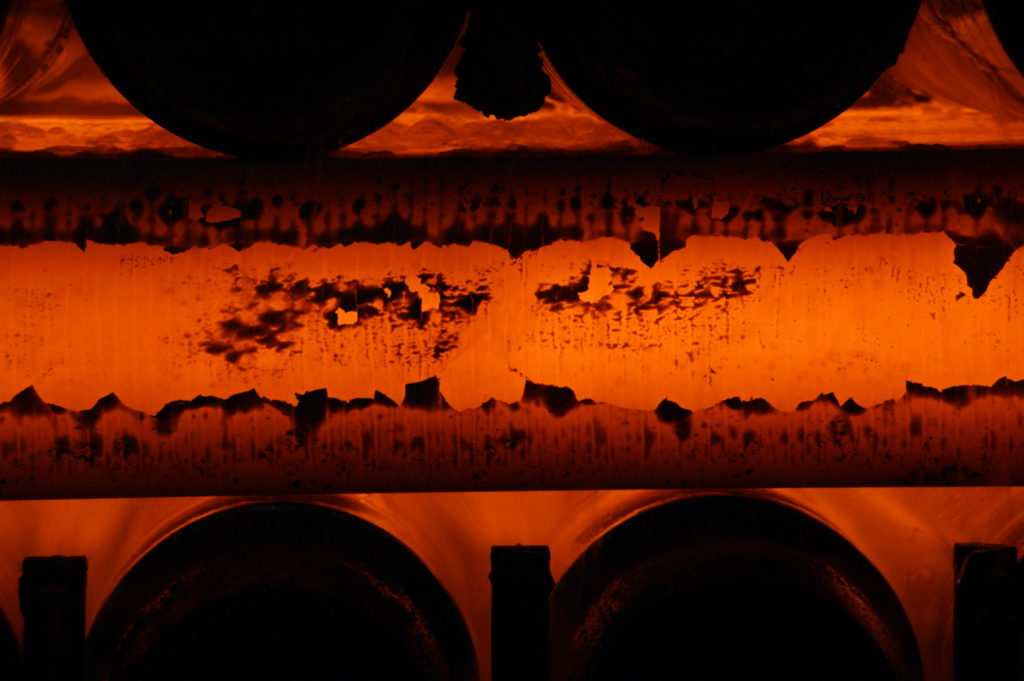
The global steel industry uses about 2 billion tonnes of iron ore, 1 billion tonnes of metallurgical coal and 575 million tonnes of recycled steel to produce 1.7 billion tonnes of crude steel annually, estimates the Worldsteel Association.
Modern Electric Arc Furnaces (EAFs) can use primarily recycled steels to produce crude steel. Blast furnaces can use a percentage of recycled steels along with raw materials.
An advantage and benefit that steel has is that it is 100% recyclable and can be reused continuously – which means steel has a role to play in contributing to resource conservation. In fact, some steel products contain 100% recycled content.
Here are some key facts about recycling and steel that you may not be aware of:
- Steel is the most recycled material in the world with about 670 mt recycled in 2017.
- Steel is one of few magnetic metals – which means it is easy to separate from waste streams and landfills.
- Recycled steel (scrap) can be collected from excess material in steel facilities and foundries (home scrap) or downstream production processes (industrial scrap) and from discarded products (obsolete scrap).
- Using recycled steel can result in significant energy and raw material savings: over 1,400 kg of iron ore, 740 kg of coal, and 120 kg of limestone are saved for every 1,000 kg of steel scrap made into new steel.
- Slag is the main steelmaking by-product; it is mostly used in cement production, reducing CO2 emissions by around 50%.
- It can also be used in roads (substituting aggregates), as fertiliser (slag rich in phosphate, silicate, magnesium, lime, manganese and iron), and in coastal marine blocks to facilitate coral growth thereby improving the ocean environment.
Source : Worldsteel Association
